So, RIP the business plan, long live the business model canvas. A new light and fresh tool that helps brings ideas into business. Now canvas and boards are popped up every where on the radar. This will help decide which one works best for your:
The Business Model Canvas
proposed by Alexander Osterwalder
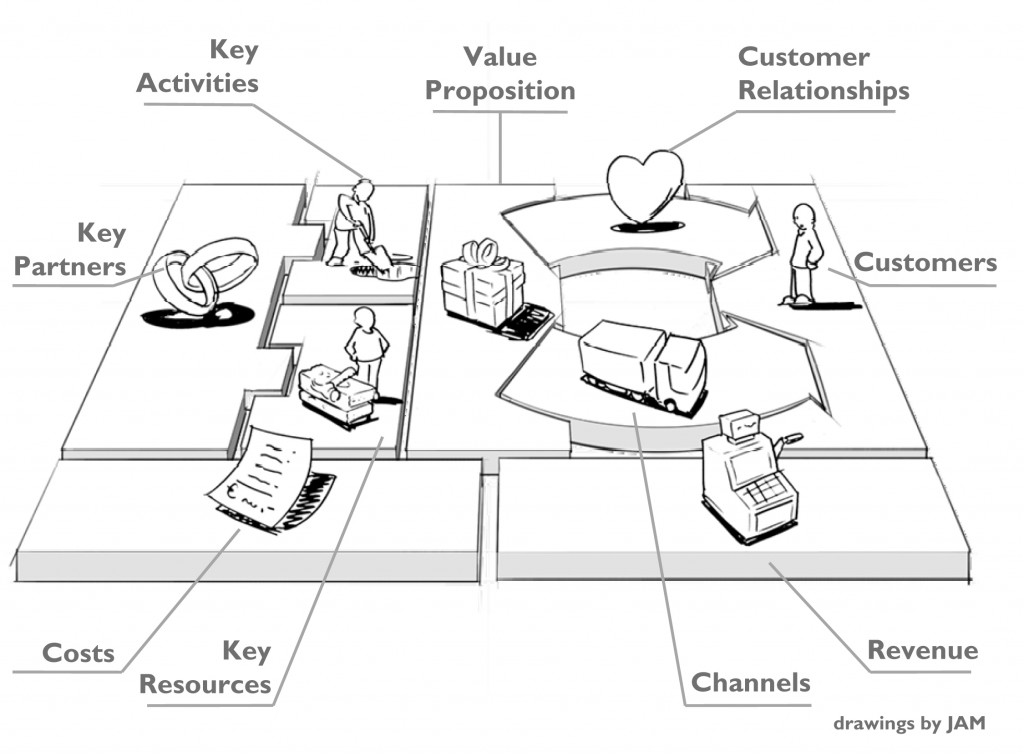
Mother of them all, it’s the original canvas used the business model generation book. The canvas most widely used and documented.
To use this tools, describe your business on each of the 9 sections of the canvas (value proposition, customer segment, channels, customer relationship, key activities, key resources, partners, cost structure and revenue stream). You then treat what you have in each sections of the canvas as hypothesis. And those hypothesis might be true or false and your job is go out and learn from the field, with practical experiments which hypothesis are valid and which are not. With what you have learned, you will then change your canvas and do the same thing, until your business model is validated. Overtime, you end up with many different versions that you can overlay to see the evolution of your idea.
Download the Business Generation Canvas in PDF.
The Lean Canvas
proposed by Ash Maurya
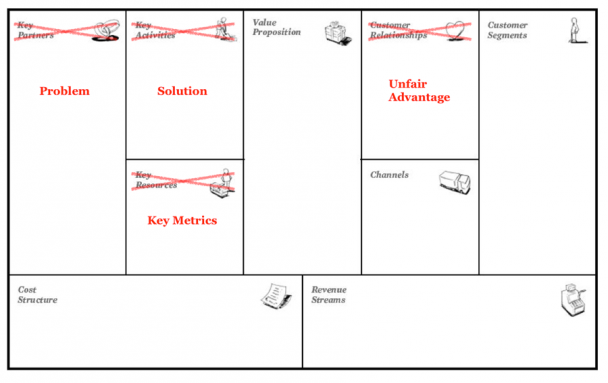
The lean canvas is the cousin of the business model canvas coming from the ‘lean start-up’ business family. Compared to the business model canvas, it focused on the product and the market. It brings to the front the problems you are solving, the top 3 features and the key metrics you should track, leaving on the side the ‘how’ to deliver the solution. To use, this canvas, again, write down you best answer on each section, then test and iterate. This is a guide on how to create your lean canvas (pdf).
I have found this canvas is best suited for early stage business.
The Validation board
proposed by Lean Startup Machine
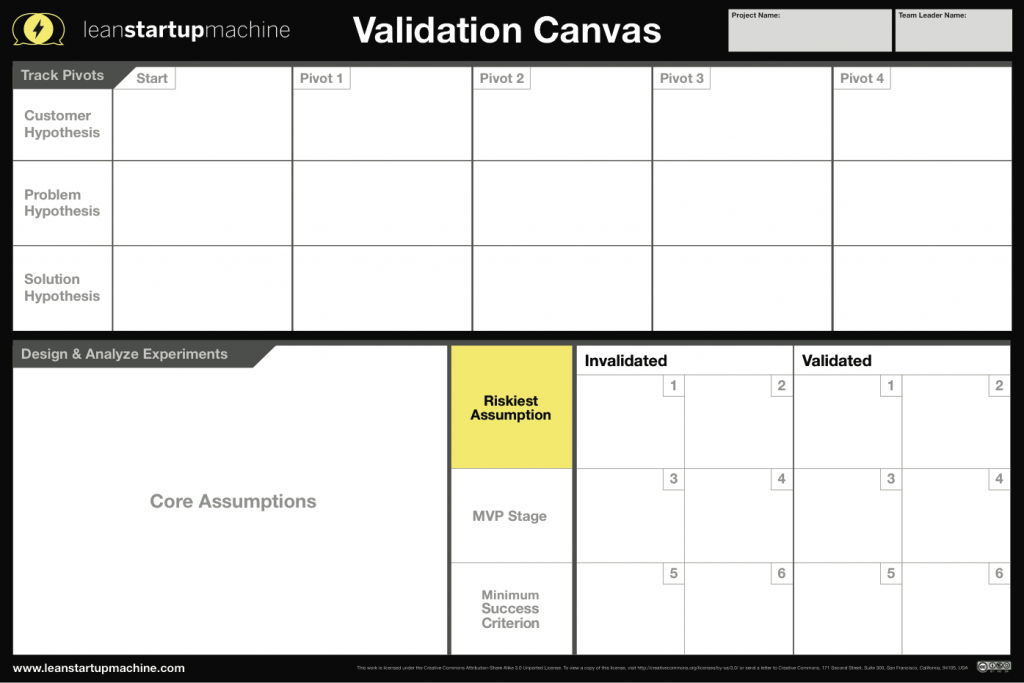
I found this one the most practical to quickly validate and iterate on your project idea. As the lean canvas, the problem / the customer approach and forces you to test systematically, report on results and iterate on the very same sheet and on different versions of a canvas.
The Validation Board helps you:
1. Formalise your customer segment and problem statement
2. Test assumptions one by one – starting with the riskiest one
3. Design your experiment (or MVP) and the success criteria (before you run the experiment)
4. Track the results of your experiments overtime
5. Focus only on the problem and customer segment at the beginning (later include the solution)
Here is how to use it:
http://www.youtube.com/watch?v=HhoducyStMw
Download the Validation Board in PDF.
The Happy Canvas
by Laurence McCahill
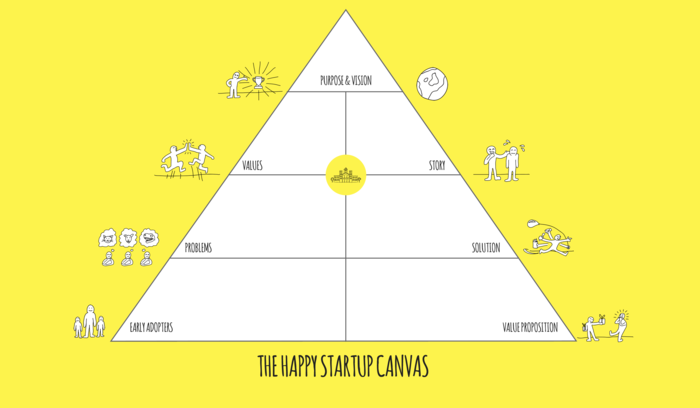
The happy canvas brings an interesting angle to the list. Like the others, it captures the problem, the solution, the early adopters and the value proposition.
What’s new is the Purpose & Vision, Value and Story. Ok, I can see how those are important for a startup business. Important to define and agree on with the other founders, but surely not something you want to iterate on every day or week.
Maybe I had a Happy Canvas in 2002 before starting RVR System, it would have saved lots of disagreement with the other co-founders. One of the reason startup fails is because of co-founder disagreement, and many be this ‘Happy Canvas’ help avoid that.


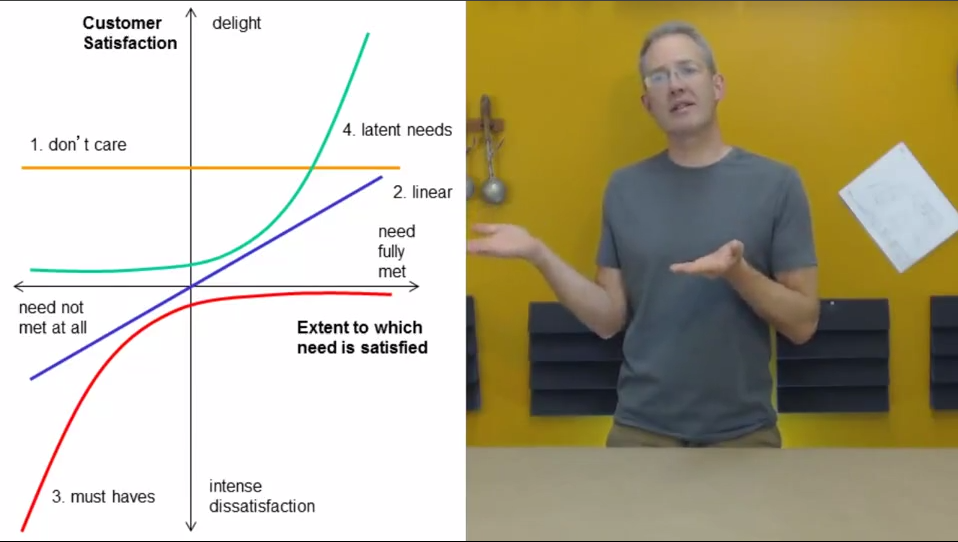
We (Eluced-pmc) use the project model canvas to help business and project members to speak te same language and align the expectations. You can alway contact us for more information.
Thank you for the pointer Harold.
Looks interesting but I dont understand Dutch. I would love to know more about it. Do you have an english version you can share ? Can you explain how you use this canvas ?